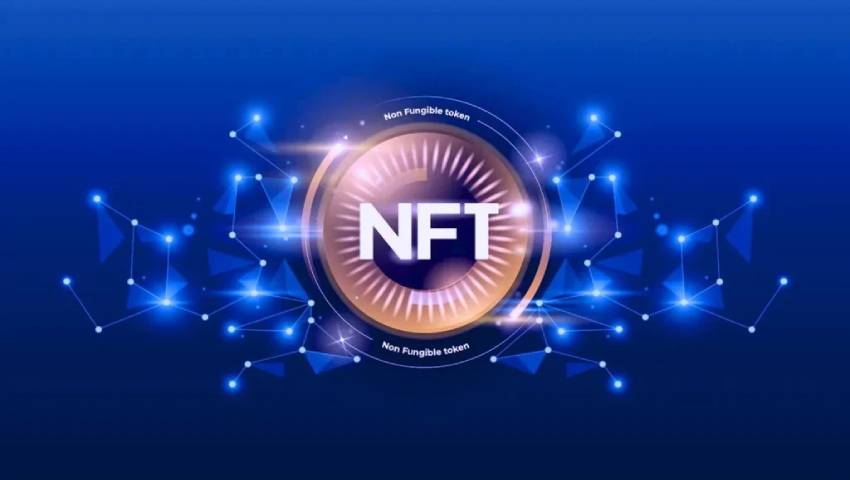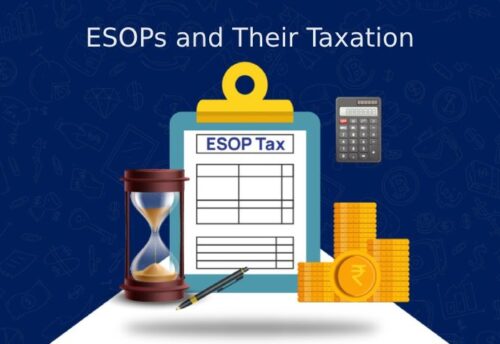
- 09/12/2024
- MyFinanceGyan
- 191 Views
- 6 Likes
- Cryptocurrency, Investment
The Unique World of NFTs
Non-Fungible Tokens (NFTs) are reshaping the digital world by offering a new way to own and trade unique digital assets. This blog explores what makes NFTs special, their rapid global rise, successful projects, and their impact across various industries. We’ll also look at the challenges and risks involved and the future of NFTs.
What are NFTs?
NFTs, or Non-Fungible Tokens, are digital assets that represent ownership of a unique item, such as artwork, music, videos, or virtual goods. These tokens are stored on a blockchain, a secure and transparent digital ledger.
- What makes them unique? Each NFT has a special digital signature, making it different from all others.
- How are they created? NFTs are ‘minted’ when a digital asset is tokenized on a blockchain.
- Where can they be bought or sold? Online marketplaces like OpenSea, Rarible, and Foundation allow users to trade NFTs. Once purchased, they are stored in digital wallets, proving ownership.
The Rise of NFTs:
Although the concept of NFTs existed as early as 2012, they gained attention in 2017 with CryptoKitties, a game where users could buy, sell, and trade virtual cats. This showed how NFTs could create a new kind of digital ownership.
Fast forward to 2021, the NFT market exploded, with total transactions reaching $41 billion. Their popularity has been driven by:
- Artists and creators finding new ways to sell their work.
- The launch of innovative NFT platforms.
- Increased interest from major investors.
Famous NFT Projects:
- NBA Top Shot: Fans can buy, sell, and trade official NBA highlights.
- CryptoPunks: A collection of 10,000 unique characters, some of which have sold for millions.
- Axie Infinity: A game where players breed, battle, and trade digital pets called Axies. In some countries, players even earn a living from the game.
How NFTs Are Changing Industries?
NFTs go beyond art and gaming, making waves in other fields:
- Music: The band Kings of Leon released an album as an NFT, offering fans exclusive perks like lifetime concert tickets.
- Real Estate: NFTs are being used to represent property ownership, making transactions faster and more secure. For example, the platform Propy enabled the first-ever blockchain-based real estate sale.
- Fashion: Designers are creating virtual clothing items as NFTs. A digital dress by The Fabricant sold for $9,500.
These examples show how NFTs are opening up new possibilities for businesses and individuals alike.
Challenges and Risks of NFTs:
While NFTs are exciting, they come with some serious challenges:
- Market Volatility: Prices can rise and fall quickly, making it hard to predict value.
- Environmental Impact: Creating and trading NFTs consumes a lot of energy, raising concerns about their environmental footprint.
- Fraud and Scams: The unregulated nature of NFTs makes them vulnerable to theft and counterfeit tokens.
- Copyright Issues: People can mint NFTs without the original creator’s permission, leading to disputes.
- Wash Trading: Some traders artificially inflate NFT prices by buying and selling them between their own accounts.
Looking Ahead:
NFTs have come a long way, with total transactions crossing $50 billion as of March 2023. The most expensive NFT, The Merge by Pak, sold for $91.8 million in 2021.
NFTs are still evolving, and their potential is enormous. They could change how we own, buy, and sell digital and physical assets. But before diving in, it’s important to understand the risks and make informed decisions.
Conclusion:
NFTs are a fascinating new technology with endless possibilities. From digital art to virtual real estate, they are redefining ownership in the digital age. While the opportunities are exciting, it’s important to stay cautious and informed.
Start your crypto journey: https://join.coindcx.com/invite/n75xR
Note: This blog is for educational purposes only and reflects the author’s personal views. It does not recommend specific products or investments.



